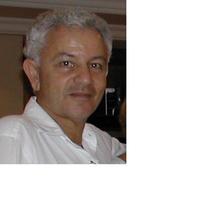Papers by Peter Singfield

The flowers of Aristolochia grandiflora are sapromyiophilous trap blossoms that deceive their vis... more The flowers of Aristolochia grandiflora are sapromyiophilous trap blossoms that deceive their visitors with optical and olfactory promise of hidden protein-rich substrate. The most effective pollinators are large Diptera, mostly Calliphoridae, which become trapped in the protogynous flowers on the first day of anthesis. Although the flowers are protogynous and subsequently release pollen, a variety of floral changes occur that discourage further insect visitation after pollination and allow the pollinators to escape on the second day of anthesis. On the first day of anthesis the flowers' strong carrion odor and color gradients draw pollinators toward the receptive gynostemium deep within the flower. Constricting floral tubes with trichomes oriented toward the gynostemium aid in capturing and holding the insects. On the next day, the flowers change to male phase and pollen is deposited on the pollinator. Flower structure and function then change to release the pollen-dusted pollinator. To aid in pollinator release, the floral odor disappears, color cues change, hairs relax, and the constricting areas of the tube are opened. Pollination appears to be a two-day process for any given flower with floral senescence by the third day. Floral visitors do oviposit in the flowers, but we suggest that this is not relevant to pollination. Comparisons are made with other Aristolochiaceae.
ambergriscaye.com
Abstract Coconuts play a unique role in the diets of mankind because they are the source of impor... more Abstract Coconuts play a unique role in the diets of mankind because they are the source of important physiologically functional components. These physiologically functional components are found in the fat part of whole coconut, in the fat part of desiccated coconut ...











Uploads
Papers by Peter Singfield